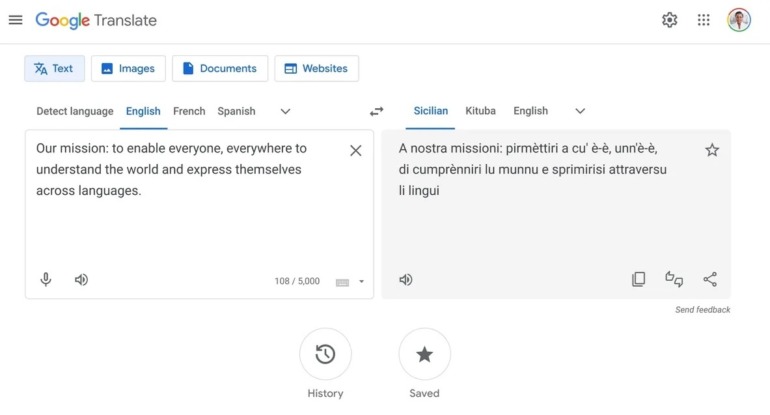Google Translate just got a massive upgrade, adding 110 new languages to its repertoire in one fell swoop. This expansion, the largest in the platform’s history, is powered by Google’s PaLM 2 large language model, bringing AI-driven translation to approximately 614 million more people worldwide.
The update is a linguistic treasure trove, spanning widely spoken languages, regional dialects, and tongues native to smaller communities. African languages see a significant boost, with additions like Fon, Kikongo, and Wolof. On the other end of the spectrum, Cantonese and Punjabi (Shahmukhi) join as some of the most widely spoken new entries.
Google’s approach to language variants is pragmatic. For languages with multiple dialects or spelling standards, like Romani, the platform aims for a version most broadly understood. This flexibility is made possible by PaLM 2’s advanced capabilities, which excel at handling closely related languages and their nuances.
Interestingly, PaLM 2’s roots lie in human-AI communication, having been used to teach robots how to process and execute human commands. Now, it’s bringing that prowess to human-to-human translation on a global scale.
The best part? This supercharged Google Translate is accessible right now, whether you’re on the web or using the Android or iOS app. It’s a significant step towards breaking down language barriers and fostering global communication – all powered by cutting-edge AI.

